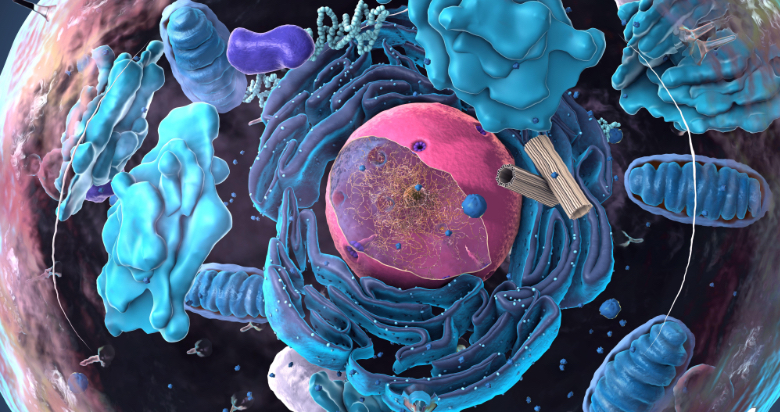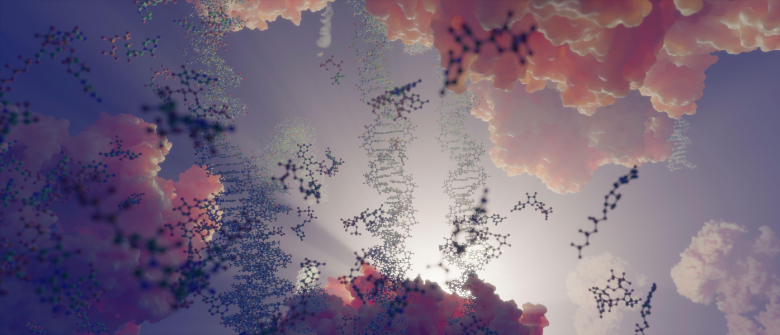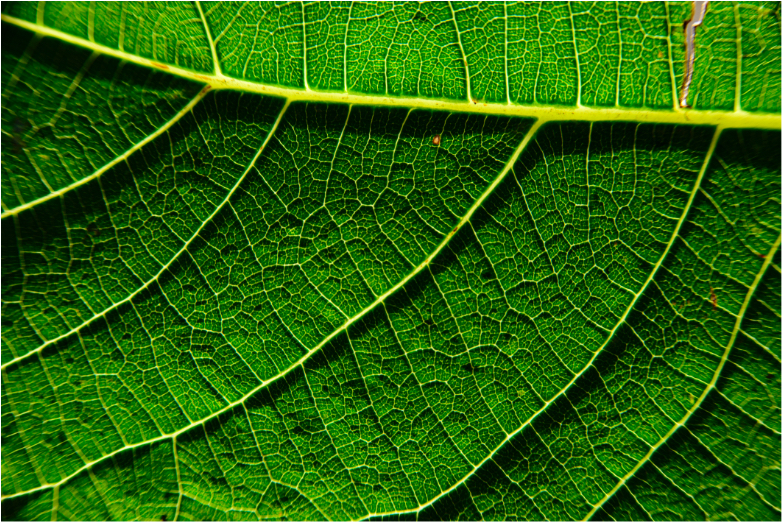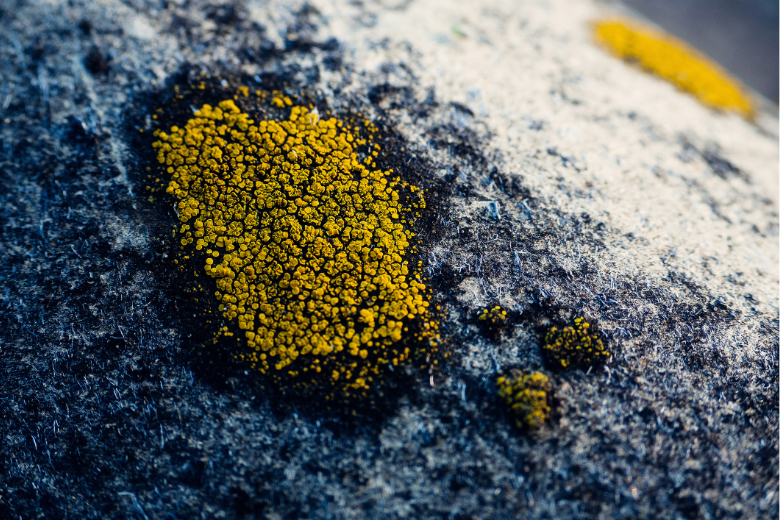In the 1960s, a young American biologist had a revolutionary idea about the evolution of life and the origin of modern cells. The cells of plants and animals contain tiny internal organs, or organelles, that specialise in extracting energy from sunlight and oxygen. They are called chloroplasts and mitochondria, respectively. Because of their size, their functions and the particularity of having their own little genome, these organelles are strongly reminiscent of certain bacteria.
Could it be possible, the young biologist wondered, that these organelles were actually descendants of ancient bacteria, recruited in the distant past by other cells for use as internal power plants? A similar phenomenon was already well known and had a name in biology: symbiosis, an association for mutual benefit.
The great problem in understanding the origin of life on Earth is that no one was there to observe it, so the birth of the first terrestrial organisms will forever remain the dark matter of biology, an unknown, open to hypotheses that are impossible to prove. Among them, symbiogenesis, or endosymbiosis theory, is one of the most plausible and brilliant answers to explain the appearance of eukaryotic cells, constituents of all living organism other than bacteria or archaea.
The then young author of this theory was scientist Lynn Margulis, née Alexander (5 March 1938 – 22 November 2011), one of the most influential figures in twentieth-century biology, and this despite the fact that her ideas (on the fringes of mainstream science) earned her a reputation for being unorthodox, if not rebellious. Intellectually precocious, her personal life was no less so: by the age of 42 she had already divorced twice, the first time from astronomer Carl Sagan and the second from chemist Thomas Margulis.
Symbiogenesis
Margulis admired the work of Charles Darwin, but felt that his Neo-Darwinist successors had failed to explain the unknowns that the English naturalist had raised, including, above all, the source of the variations that drive evolution. According to Margulis, random genetic mutations were not sufficient to explain the ability of biological evolution to invent new traits in living organisms.

The young biologist went further and picked up on the ideas of pioneers like the American Ivan Wallin and the Russian Konstantin Mereschkowski, who had postulated the symbiosis between simple organisms as the creative force behind more complex beings. Her research was rejected by 15 scientific journals until finally being published in March 1967, without any initial impact. According to the British newspaper The Telegraph in the obituary dedicated to Margulis after her death in 2011, one of her grant applications received the following reply: “Your research is crap. Don’t ever bother to apply again.”
But Margulis did not give up. In 1970, she developed her theory in the book Origin of Eukaryotic Cells. Over the years, symbiogenesis has gained experimental support; in the 1970s, it was discovered that the genes of mitochondria and chloroplasts are more similar to those of certain bacteria than to those of the eukaryotic cells to which they belong. In the last decade, a study has given a major boost to the theory of endosymbiosis. A team of researchers led by evolutionary biologist William F. Martin of the Heinrich Heine University in Dusseldorf, Germany, compared nearly one million genes from 55 eukaryotic species and more than six million genes from prokaryotes, an exhaustive analysis made possible only by the use of advanced bioinformatics tools.

The research, published in Nature, traced the origin of the bacterial genes that are integral to the DNA in the cell nucleus of higher organisms, including humans. And contrary to the possibility that these genetic innovations may have slipped into our cells through a long and continuous process of gradual random gene transfer, the results show that the bacterial footprint in our DNA is the product of an abrupt evolutionary leap corresponding to the acquisition of mitochondria (or chloroplasts, in the case of plants).
“What we have shown is that the genetic contribution of the endosymbiotic ancestors of plastids and mitochondria to the genetic starting material of the eukaryotic lineage was much greater that anyone had suspected”, Martin summarised to OpenMind. “Eukaryotes acquired genes from prokaryotes at the origin of mitochondria and at the origin of plastids,” he added, providing “resounding support for the endosymbiotic theory”. For Martin “the case is closed. There is no acceptable alternative to the scientific theory that chloroplasts and mitochondria arose from endosymbionts.”

Martin remembered the arguments he had with Margulis in which both disagreed on certain points. And yet, the biologist continued, “to be criticised by Lynn (and she criticised me a lot) was actually kind of an honour”. In the end, “only one centimetre separated us on these issues, while she was miles away from the Neo-Darwinists”, he recalled. Time and science have ended up proving the rebel scientist right. “I wish she had lived to see it,” William F. Martin concluded.
The Gaia hypothesis
Today the theory of endosymbiosis is widely accepted. And while not all of Margulis’ original ideas have been supported by evidence, symbiogenesis is seen as a mechanism that has enabled further innovations within current evolutionary theories. For example, lichens were formed by the association of algae and fungi, but it has been proposed that the latter may have assisted in the terrestrial colonisation of plants, although many plant species later dispensed with this symbiosis.

But there is another facet for which Margulis is remembered today, and which was not something separate from her scientific work, but a natural consequence: as a result of her proposal of the endosymbiotic theory, the biologist defended the idea of cooperation between species as the driving force of evolution, as opposed to the exclusively competitive interpretation of Neo-Darwinism. Based on this notion of collaboration in nature, in the 1970s Margulis, together with the British chemist James Lovelock, developed the Gaia hypothesis: a vision of the Earth as a great complex system formed by living beings and their environment, whose self-regulation in a dynamic equilibrium allows the existence and continuity of life.
The hypothesis has been much debated, different versions have been distinguished, and the most extreme have been criticised as pseudoscience because they treat the Earth as a large organism with a kind of purpose. But there is no doubt that it has been very influential in the push for environmental conservation. In 1991, Margulis herself defined the “green economy” as one that views human economic activity as embedded within ecosystems, a description that is still often quoted and that inspired a concept that is very much present in politics, economics and society today: sustainable development.
Comments on this publication